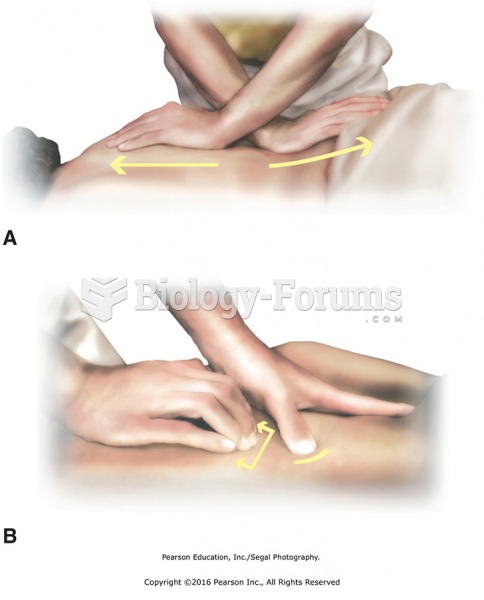|
|
|
Side effects from substance abuse include nausea, dehydration, reduced productivitiy, and dependence. Though these effects usually worsen over time, the constant need for the substance often overcomes rational thinking.
Blood is approximately twice as thick as water because of the cells and other components found in it.
Walt Disney helped combat malaria by making an animated film in 1943 called The Winged Scourge. This short film starred the seven dwarfs and taught children that mosquitos transmit malaria, which is a very bad disease. It advocated the killing of mosquitos to stop the disease.
According to research, pregnant women tend to eat more if carrying a baby boy. Male fetuses may secrete a chemical that stimulates their mothers to step up her energy intake.
Hippocrates noted that blood separates into four differently colored liquids when removed from the body and examined: a pure red liquid mixed with white liquid material with a yellow-colored froth at the top and a black substance that settles underneath; he named these the four humors (for blood, phlegm, yellow bile, and black bile).
 To travel quickly, killer whales leap out of the water when swimmingâ€â€Âa behaviour kn
To travel quickly, killer whales leap out of the water when swimmingâ€â€Âa behaviour kn
 Fascial stretching techniques. (A) Cross-hand dual direction stretch. (B) Pin and stretch with the ...
Fascial stretching techniques. (A) Cross-hand dual direction stretch. (B) Pin and stretch with the ...





